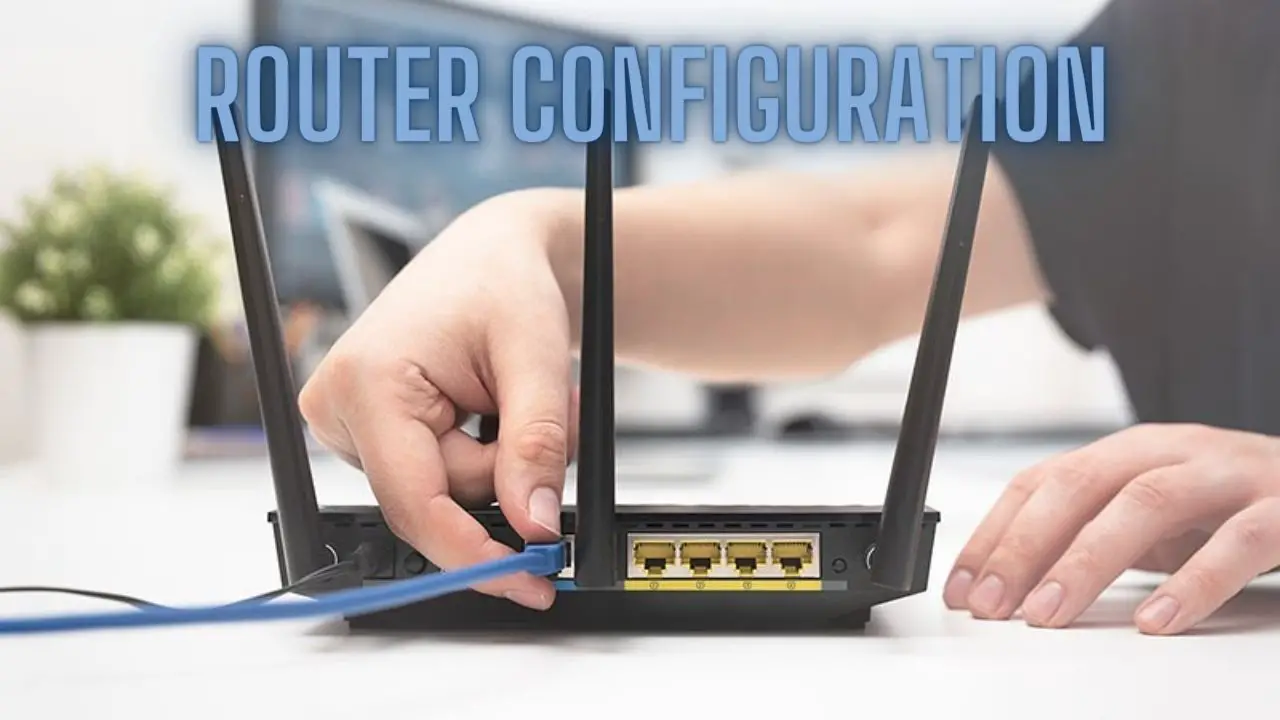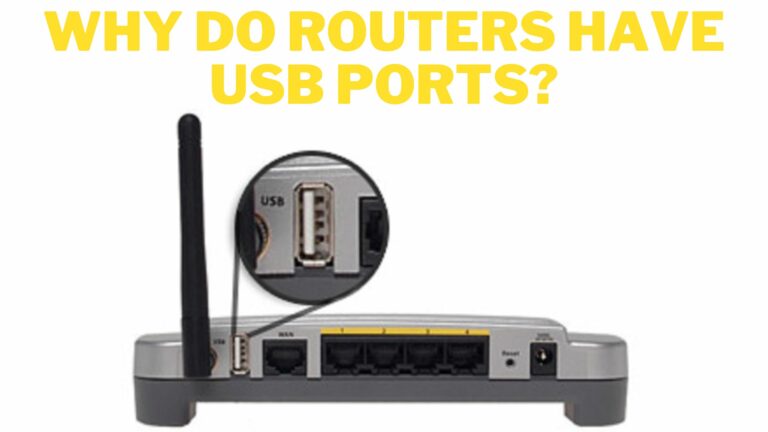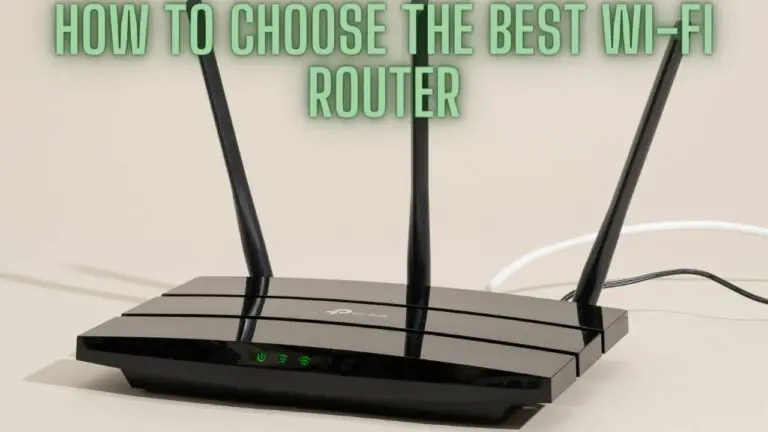Router Configuration: A Step-by-Step Guide
Introduction
Routers are the backbone of modern home and business networks, enabling internet access and interconnection between devices. To make the most of your router and ensure a secure and efficient network, you need to configure it correctly. In this step-by-step guide, we’ll walk you through the process of configuring your router.
Understanding Routers: The Backbone of Your Home Network
Routers play a central role in our modern connected lives, allowing us to access the internet, share files between devices, and create local networks. However, many people use routers without fully understanding what they are or how they work. In this article, we’ll delve into the world of routers, explaining their function, components, and importance in your home network.
What is a Router?
At its core, a router is a networking device that connects different networks together. In the context of your home, it connects your local area network (LAN) to the internet, acting as the gateway between your devices and the broader online world. Here’s how it achieves this:
1. Network Address Translation (NAT): A crucial function of a router is Network Address Translation. It assigns a unique local IP address to each device on your home network, allowing multiple devices to share a single public IP address provided by your internet service provider (ISP).
2. Routing: Routers use routing tables to determine where data packets should be sent. They ensure that data packets from your devices reach their intended destinations, whether they’re on your local network or somewhere on the internet.
3. Firewall: Most routers include a built-in firewall that monitors incoming and outgoing traffic, protecting your network from unauthorized access and potential security threats.
Components of a Router:
- WAN Port: The Wide Area Network (WAN) port connects to your ISP’s modem or directly to the internet source. It’s where your router receives the internet signal.
- LAN Ports: Local Area Network (LAN) ports are used to connect devices within your home network. These ports are typically Ethernet ports for wired connections.
- Wireless Antennas: Many routers include built-in Wi-Fi capabilities with one or more antennas. These antennas transmit wireless signals, allowing your devices to connect to the internet without wires.
- Processor and Memory: Routers have a CPU and memory to manage data traffic, perform routing functions, and run the router’s firmware.
- Firmware: The router’s firmware is its operating system, which controls its functionality and user interface. You can often access the router’s settings through a web-based interface.
Types of Routers:
- Home Routers: These are the routers most people are familiar with. They provide internet access to devices within a home network. They often include built-in Wi-Fi.
- Wireless Access Points (WAPs): WAPs are devices that provide wireless connectivity but do not perform routing functions. They are typically used to extend Wi-Fi coverage in a network.
- Enterprise Routers: These powerful routers are designed for large organizations and businesses. They offer advanced features, robust security, and high-performance capabilities.
Router’s Role in Network Security:
Routers are a crucial part of your network’s security. They:
- Act as a barrier between your devices and the internet, preventing unauthorized access.
- Use firewalls to filter incoming and outgoing traffic, blocking potential threats.
- Provide tools for setting up secure Wi-Fi networks with encryption and strong passwords.
Router Configuration
Step 1: Access the Router
To configure your router, you first need to access its web-based interface. Follow these general steps:
- Connect your computer to the router using an Ethernet cable or connect to its Wi-Fi network. It’s usually recommended to use a wired connection for initial setup.
- Open a web browser like Chrome, Firefox, or Edge.
- In the address bar, enter the router’s IP address. Common router IP addresses are 192.168.0.1 or 192.168.1.1. You can find the router’s IP address in the router’s manual or on a sticker on the router itself.
- You’ll be prompted to enter a username and password. By default, these are often “admin” for both the username and password. However, it’s crucial to change these defaults for security reasons.
Step 2: Change Default Password
One of the first things you should do is change the default login password to secure your router. Look for an option like “Change Password” or “Administration” in the router’s web interface. Follow the on-screen instructions to set a strong, unique password.
Step 3: Update Firmware
Router manufacturers release firmware updates to fix bugs, improve performance, and enhance security. Check for a “Firmware Update” or “Router Update” option in the router’s settings. If an update is available, follow the instructions to install it.
Step 4: Set Up Wireless Network (Wi-Fi)
If your router provides Wi-Fi, you’ll want to configure your wireless network:
- Navigate to the “Wireless” or “Wi-Fi” settings.
- Set your network’s name (SSID) to something unique. Avoid using default names like “Linksys” or “NETGEAR.”
- Choose a strong Wi-Fi security mode such as WPA3, WPA2, or WPA3/WPA2 mixed.
- Set a strong Wi-Fi password. Use a combination of upper and lower-case letters, numbers, and special characters.
Step 5: Enable Network Encryption
In the router’s settings, look for encryption options like WPA or WPA2. Enable encryption to secure your network. It ensures that only authorized devices can connect to your Wi-Fi network.
Step 6: Configure Port Forwarding
If you have devices or services that require remote access (e.g., a gaming console, web server, or IP camera), you might need to configure port forwarding. This allows external traffic to reach specific devices on your network.
- Locate the “Port Forwarding” or “Port Mapping” section in your router’s settings.
- Add a new port forwarding rule, specifying the external port, internal IP address, and internal port for the device or service.
Step 7: Set Up Quality of Service (QoS)
If your router supports QoS settings, you can prioritize certain types of internet traffic for a better online experience. For example, you can prioritize video streaming or online gaming over background downloads.
- Find the QoS or Traffic Management section in the router settings.
- Configure QoS rules based on your preferences and the devices or applications you want to prioritize.
Step 8: Enable Guest Network (Optional)
If you want to provide internet access to guests without giving them access to your main network, enable the guest network feature. This keeps your main network secure.
- Go to the “Guest Network” or “Guest Access” settings.
- Configure the guest network’s name, security settings, and password.
Step 9: Save and Reboot
After configuring your router settings, remember to save your changes and reboot the router if necessary. This ensures that your new settings take effect.
FAQS
What is router configuration, and why is it necessary?
Router configuration refers to the process of setting up and customizing the settings of a router to meet the specific requirements of your network. It is necessary to ensure that your network functions correctly, is secure, and provides the services you need, such as internet access and local network connections.
How do I access my router’s configuration settings?
To access your router’s configuration settings, connect your computer to the router either via Ethernet cable or Wi-Fi. Open a web browser and enter your router’s IP address in the address bar. Common router IP addresses include 192.168.0.1 or 192.168.1.1. You’ll need to log in with a username and password, usually found on the router or in its manual. It’s important to change these default login credentials for security reasons.
What are some common router configuration settings to consider?
Common router configuration settings include changing the default password, setting up Wi-Fi security (WPA2 or WPA3 encryption), configuring port forwarding for specific applications or devices, enabling Quality of Service (QoS) to prioritize certain types of traffic, and updating the router’s firmware.
How do I secure my Wi-Fi network during router configuration?
To secure your Wi-Fi network, set a strong Wi-Fi password (network key) using WPA2 or WPA3 encryption. Avoid using easily guessable passwords and use a combination of upper and lower-case letters, numbers, and special characters. Additionally, you can hide your network’s SSID (network name) to make it less visible to potential attackers.
What is port forwarding, and when should I use it in router configuration?
Port forwarding is a router configuration feature that allows you to direct incoming traffic from the internet to a specific device on your local network. You should use port forwarding when you need to run services such as web servers, gaming servers, or remote desktop applications that require external access.
Can I set up a guest network on my router, and why would I want to do that?
Many routers support guest network features that allow you to create a separate network for guests to use. This is useful because it keeps your main network secure by preventing guests from accessing sensitive devices or files on your network. Guest networks typically have their own Wi-Fi password.
What should I do if I forget my router’s login credentials?
If you forget your router’s login credentials, you may need to perform a factory reset on the router. This will reset all settings to their defaults, including the login credentials. Refer to your router’s manual for instructions on how to perform a factory reset.
Is it possible to configure a router remotely?
Some routers support remote management features, allowing you to configure them from a different location via the internet. However, enabling remote management should be done with caution, as it can pose security risks if not properly secured.
How often should I update my router’s firmware?
It’s a good practice to check for router firmware updates regularly, as they often contain important security patches and performance improvements. Depending on your router and manufacturer, updates may be released periodically.
What should I do if I encounter issues during router configuration?
If you encounter problems during router configuration, double-check your settings, ensure you’re following the router’s manual or online instructions, and seek help from the router manufacturer’s support resources or online forums if needed. Be cautious when making changes and consider backing up your router’s settings before making major adjustments.
Conclusion
Configuring your router is essential for optimizing your network’s performance, security, and functionality. By following these steps, you can set up your router with confidence, knowing that your network is secure and tailored to your needs. Keep in mind that router interfaces and options may vary, so consult your router’s manual for specific guidance.







